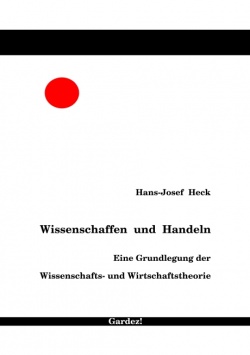Whitespace
Whitespace, in the context of layout and design, is the "empty" space on your page, not containing text, graphics, or other elements. It is said that layout is mainly an issue of managing the whitespace, of carefully, artfully using this space, but it's important not to use too much of it.
Some things that the whitespace does are the following:
- Visually guide the eye across your page. You might think the content does this, but imagine a page absolutely filled with content, how cluttered, maybe even disorganized this would be – where does the eye go first, and then where? Whitespace can help your reader mentally organize what is on the page.
- Set an emotional tone. Whitespace generally will have a calming effect just by its own nature, but when a reader can look at a page and immediately get a sense of what it is about, go from one item to another in a logical way, the mind is calmed. Moreover, your reader will likely spend more time on your content, rather than quickly going to something else.
Keep in mind that this is largely, if not entirely, happening on a subconscious level. The mind almost instantly reacts to the layout and very quickly may be pleased or displeased with the visual appearance, even before there is any sense of what the content is about. Often we see a reliance on eye-popping graphics, bright colors, disjointed and misaligned layout. These are legitimate things to use, but judiciously. As we see in Avoiding Design Problems, sometimes the things which involuntary grab the attention have nothing to do with the content we wish to show.
What I'm going to do next is take some examples from elsewhere on the wiki, mainly from Success stories for a discussion of some of these features using the whitespace.
Example 1
| Here is something Hans-Josef contributed to our wiki. This is a very striking design for his cover, using bold colors, and note the abundant whitespace. The red circle is nicely sized and positioned to counterbalance the text in the opposite corner of the bounded rectangular space. So the red dot grabs your eye, but doesn't distract you from the author and title information, and the whitespace helps this happen. |
Example 2
Example 3
| This cover from Ludi takes us even farther down this path to understanding that whitespace isn't necessarily white. | 
|

